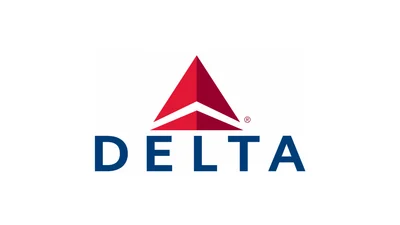The DC-10 first flew on August 29, 1970, entering service with American Airlines on August 5, 1971. It was designed to offer wide-body capacity without requiring large airports or runways like those needed for jumbo jets such as the Boeing 747. Its straightforward engine layout set it apart from competitors like Lockheed’s L-1011.
Multiple variants of the DC-10 were produced to meet different airline needs for range and weight capacity. However, early safety issues affected its reputation. Notably, a cargo door latch problem caused Turkish Airlines flight 981’s crash in 1974 due to structural failure after decompression. Another significant incident occurred in 1979 when an engine separation led to American Airlines Flight 191 crashing—the deadliest aviation accident in U.S. history at that time—which resulted in all DC-10s being temporarily grounded by regulators while modifications were made.
Despite these setbacks, subsequent improvements allowed the DC-10—especially its -30 variant—to find success on intercontinental routes before production ended in 1989 after building nearly 400 units (excluding military versions). The last scheduled passenger flight took place in February 2014 between Bangladesh and the UK; today only a few remain active as aerial firefighting tankers or specialized platforms.
By the mid-1980s, airlines sought more efficient aircraft with advanced digital systems. Responding to this demand, McDonnell Douglas launched development of the MD-11 in 1986 with initial orders from several airlines. The MD-11’s first flight occurred on January 10, 1990; Finnair received its first delivery later that year.
Compared to its predecessor, the MD-11 featured an extended fuselage (about five-and-a-half meters longer), improved wing aerodynamics including winglets for reduced drag (providing roughly a two-and-a-half percent improvement), and smaller horizontal tail surfaces offset by computerized stability augmentation systems and fuel ballast management. The cockpit was modernized for two-person operation using electronic displays rather than analog gauges.
Although designed for better efficiency and range—its newer engines produced greater thrust—the MD-11 faced criticism from operators over higher-than-promised fuel consumption and range limitations during early service years. After Boeing acquired McDonnell Douglas in 1997, passenger versions were phased out while freighter variants continued production until 2000; just over two hundred MD-11s were built overall.
In terms of specifications:
• The MD-11 is about nineteen feet longer than the comparable DC-10 variant.
• Wingspan is slightly increased.
• Engine thrust per unit is higher.
• Typical crew size dropped from three (DC-10) to two (MD-11).
• Maximum takeoff weight increased by about thirty tons.
• Cruise speed rose marginally.
While both aircraft shared similar layouts and purposes initially intended for passenger use across long distances or heavy cargo loads—they diverged sharply due to changing technology and market conditions.
Today neither type operates regular passenger flights; their roles are limited mainly to cargo transport (for remaining MD-11Fs) or special missions such as firefighting (for converted DC‑10s). Major freight carriers including FedEx continue operating some MD‑11 freighters worldwide into this decade.
The decline of trijets like these can be attributed largely to advances allowing twin-engine jets—such as Airbus A330s or Boeing’s newer wide-bodies—to match or exceed trijet performance under modern Extended-range Twin-engine Operational Performance Standards (ETOPS). This shift reduced costs through lower fuel consumption and maintenance requirements while regulatory changes permitted twins on routes previously reserved for more engines.
Ultimately both aircraft serve as milestones marking transitions within aviation: from robust mechanical control toward automation; from brute power toward efficiency; from complexity toward simplicity where possible given new technologies’ capabilities.
 Alerts Sign-up
Alerts Sign-up





































